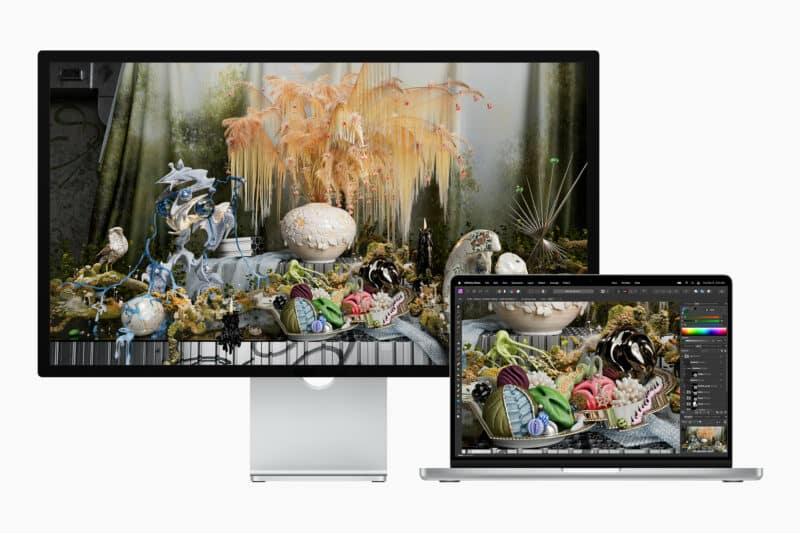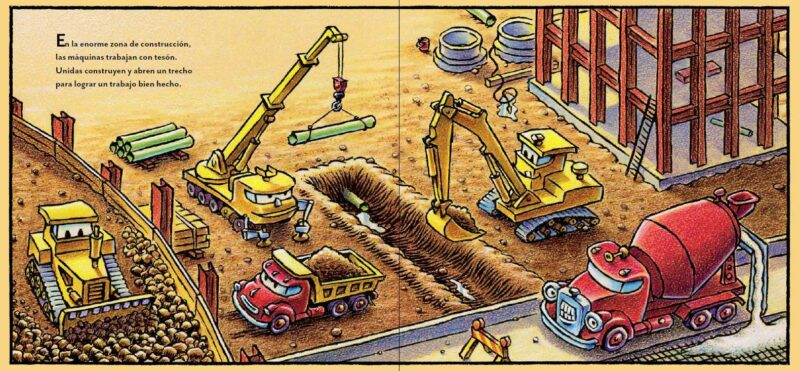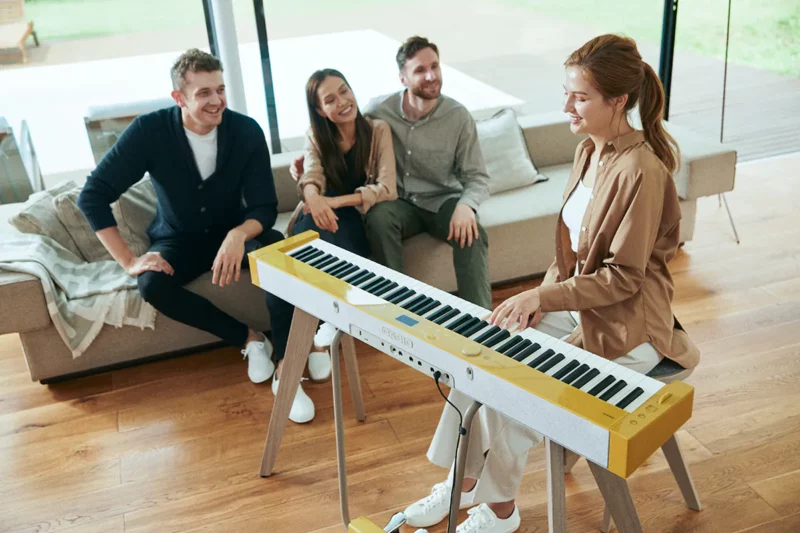
Estonia has emerged as a popular destination for freelancers looking to set up their own companies. With its digital infrastructure and low-tax environment, Estonia offers a range of benefits for freelancers looking to establish their businesses.
In this article I want to take a look at why thousands of European freelancers have been setting up companies in Estonia in recent years, and whether this could be a good option for you.
Here are some of the top benefits for freelancers when setting up in Estonia. I’ve spoken to many freelancers who have taken the step, and the vast majority are happy with their setup.
- Streamlined company formation process through Estonia’s e-Residency program, allowing entrepreneurs to set up a company in as little as 15 minutes.
- Low tax environment with a flat tax rate of 20% for all income, including corporate income.
- No minimum capital requirements for setting up a company, making it accessible for freelancers and small business owners.
- Access to a range of digital services, including secure online banking and e-signatures, to streamline business operations.
- Strong focus on innovation and entrepreneurship, with a vibrant startup ecosystem and a range of resources available to help businesses grow and scale.
- Access to the European Union market through Estonia’s membership in the EU.
- Strong legal framework and protection for investors, with a transparent and efficient business environment.
- Low bureaucratic burden, with a range of government services available online.
- Support for internationalization and global expansion, with a range of programs and resources available to help companies expand beyond Estonia.
Ease of Doing Business
One of the main benefits of setting up a company in Estonia is the ease of doing business. Estonia has streamlined its company formation process, allowing entrepreneurs to set up a company in as little as 15 minutes. This is thanks to the country’s e-Residency program, which allows entrepreneurs to establish a business in Estonia remotely, without needing to physically visit the country. This can be particularly beneficial for freelancers who work remotely and don’t have a physical presence in any one location (digital nomads).
Low Tax
Another benefit of setting up a company in Estonia is the low tax environment.
Estonia has a unique tax system that allows entrepreneurs to defer tax payments until profits are distributed as dividends, at which point they are taxed at 20%. Under this system, companies are not required to pay corporate income tax on their profits until they are distributed to shareholders as dividends.
This means that entrepreneurs can reinvest their profits in their business without being burdened by immediate tax payments. Additionally, when profits are distributed as dividends, they are subject to a lower tax rate than traditional income, which can further reduce the tax burden for entrepreneurs.
Furthermore, Estonia has no capital gains tax, which means that entrepreneurs can realize capital gains without being subject to additional tax payments. This can be particularly beneficial for entrepreneurs who are looking to sell their business or realize a return on their investment.
Easy Digital Services
Estonia also has a reputation for being a digitally advanced country, with a strong focus on innovation and entrepreneurship. This means that freelancers who establish companies in Estonia can benefit from a range of digital services, including secure online banking, e-signatures, and other tools that can help streamline their business operations. Additionally, Estonia has a vibrant startup ecosystem, with a range of accelerators, incubators, and other resources available to help freelancers grow and scale their businesses.
Some well-known startups from Estonia are Wise, Skype and Bolt.
Access to the EU Market
Setting up a company in Estonia can be a smart move for non-EU freelancers looking to sell their services and products in Europe. Estonia’s membership in the EU provides a gateway to the world’s largest single market, with over 500 million consumers. This can open up new opportunities for non-EU freelancers to reach new customers and expand their business operations.
Many non-EU freelancers encounter problems when invoicing European clients for various reasons, including being digital nomads and thus having no home base, or being based in a country that European countries regard as shady or downright blacklisted. These issues are solved once you set up in Estonia.
Competent Financial Professionals and Legal System
Estonia has a reputation for having a highly competent and skilled financial professional workforce. This is due in part to the country’s strong focus on education and innovation, which has helped to produce a steady stream of talented professionals in finance and accounting.
Moreover, Estonia’s legal system is known for being efficient and transparent, providing a stable and predictable business environment for entrepreneurs and freelancers. The country’s legal framework is designed to promote business growth and development, with a strong emphasis on protecting investors and ensuring a fair and competitive market. Additionally, Estonia’s legal system is backed by a well-developed infrastructure of legal professionals, including lawyers, notaries, and other experts, who can provide guidance and support to businesses navigating the legal landscape in Estonia. Overall, Estonia’s competent financial professionals and efficient legal system make it an attractive destination for entrepreneurs and freelancers looking to establish and grow their businesses in a stable and predictable environment.
Is it the Right Choice for You?
Setting up a company in Estonia can be a smart move for European freelancers looking to establish their businesses in a low-tax, digitally advanced environment. With its streamlined company formation process, low tax rates, and innovative business environment, Estonia offers a range of benefits for freelancers looking to take their businesses to the next level.
If you’re struggling with high taxes, too much bureacratic overhead, or access to the EU market, then it makes sense for you to look into Estonia as a possible base. In my view, it is currently the friendliest jurisdiction for freelancers who want to set up shop in Europe.
The one thing I always mention is that you should consult with a local tax lawyer before you make such a move. The biggest risk is that of being accused of profit shifting, which can occur if the entrepreneur uses their Estonian company to shift profits from one jurisdiction to another in order to minimize their tax liability. This can be a complex issue, and it’s important for entrepreneurs to understand the tax laws in their own country as well as in Estonia in order to ensure that they are operating within the bounds of the law. Some countries are known to be very strict about this, while others are more laxed, so it is extremely important to look into it before you go ahead with a move to Estonia.
If, on the other hand, you’re a digital nomad with no permanent tax residency in a particular country, things should be less risky for you and the move to Estonia would be much easier to justify.
For getting help to set up in Estonia, I recommend Xolo.
Xolo is a platform that can help entrepreneurs set up a company in Estonia quickly and easily. With Xolo, entrepreneurs can create and manage their Estonian company remotely, without needing to physically visit Estonia. This can be particularly beneficial for entrepreneurs who are residents of other countries or who work remotely and don’t have a physical presence in any one location.
Xolo offers a range of services to help entrepreneurs get their business up and running in Estonia. This includes assistance with the company formation process, help with opening a bank account, and access to a range of digital tools and resources to help manage business operations. Additionally, Xolo provides ongoing support and guidance to entrepreneurs, helping them navigate the complexities of doing business in Estonia and ensuring that they are operating within the bounds of the law.
If you are currently a resident of Malta, USA, Spain, or Portugal and want to look into the implications of such a move from the perspective of your local laws, I can connect you to my preferred lawyers.



